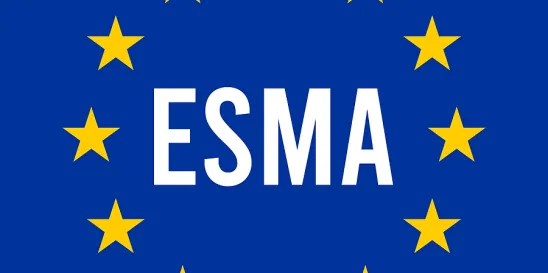On 19 December 2023, the European Securities and Markets Authority (“ESMA”) published its final report setting out its draft regulatory technical standards (the “Draft RTS”) on Regulation (EU) 2023/606 (the “ELTIF 2 Regulation”).
Please see our separate update here for a summary of the key changes proposed under the ELTIF 2 Regulation.
The Draft RTS has not been adopted yet and so could still be amended or rejected by the European Commission. Some of the key takeaways proposed by the Draft RTS are as follows:
A few key takeaways…
- Minimum holding period: the ELTIF manager is given flexibility to determine the minimum holding period as appropriate for the ELTIF, subject to certain criteria set out in the draft RTS.
- Maximum redemption frequency: the Draft RTS proposes a quarterly maximum redemption frequency, although the ELTIF manager is permitted to deviate from this if it is able to provide justification to the ELTIF’s competent authority. The ELTIF manager must provide the competent authority at the time of authorisation with detailed information on the redemption policy, the frequency of redemption, the valuation procedures, the liquidity stress tests and the liquidity management tools of the ELTIF and inform it of any material changes within three business days.
- Minimum notice period: the Draft RTS provides that redemptions are only possible after a notice period is given by each investor and that the minimum notice period is 12 months. However, an ELTIF may allow investors to redeem their shares with a shorter notice period to the extent that the notice period is adjusted based on a minimum of liquid assets, as set out in the draft RTS. The draft RTS also sets out the maximum percentage of liquid assets that the manager of the ELTIF can use to satisfy redemptions, which is based on the notice period.
- Choice of liquidity management tools: the ELTIF manager must choose and apply at least one liquidity management tool (e.g., anti-dilution levies, swing pricing or redemption fees). The ELTIF manager may use a different liquidity management tool if it can justify to the ELTIF’s competent authority why this would be in the investors’ interests. They may also ask the competent authority for an exemption from using any liquidity management tools if the ELTIF is only marketed to professional investors.
What happens next?
The ELTIF 2 Regulation will come into force in a few days’ time, on 10 January 2024. The Draft RTS has been submitted by ESMA to the European Commission for its endorsement and final approval. If it is adopted, the Draft RTS will enter into force on the day following its publication in the Official Journal of the European Union.





 />i
/>i

